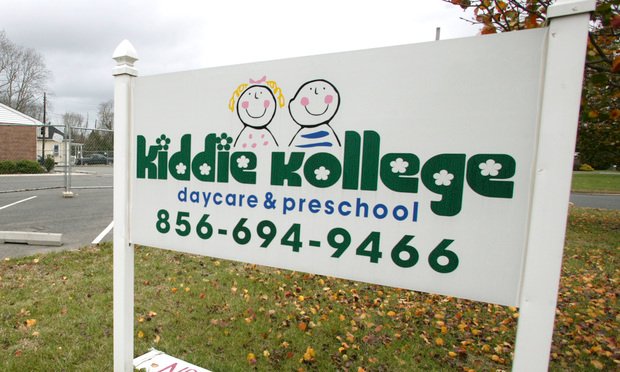Utah Choose Safe Places

What is safe siting for daycares?
Safe siting for early care and education centers (ECE's) means locating them in settings that are safe from harmful contaminants that could be found at or near the property or building.
How do I participate?
By participating in the Utah Choose Safe Places, early care and education providers can do their part to help protect children and staff and staff from environmental hazards. There are currently three different options for participation. You may choose to participate in option 1 or 2 separately, option 2 and 3 together or complete all three!
OPTION 1:
Participate in the training: "Choosing a Safe Environment for Child Care".
This 25 minute on-demand training provides an overview of the Utah Choose Safe Places program and the factors to consider when choosing a safe environment for child care. We also encourage you to complete the additional on-demand training videos on children’s environmental health and safe-siting topics.
OPTION 2:
We encourage every childcare provider to carefully evaluate their current or future sites using our Environmental Health Self-Assessment. This checklist will help you evaluate potential environmental hazards at your property. Complete the Provider Checklist through our online form or by filling it out and emailing us a APPLETREE@utah.gov. We will contact you when we receive your completed checklist to provide guidance on how to decrease your exposure to harmful chemicals. For home-based providers please fill out this form here.
OPTION 3:
Request an in-depth assessment of your location.
When completing the Environmental Health Self-Assessment (see OPTION 2), you will be able to request an in-depth assessment of your location. This will include a more detailed screening of publicly available databases to check for potential environmental hazards on or near your location. Recommendations will be provided by a health risk assessor. The Environmental Health Self-Assessment must be completed to receive an in-depth assessment.
Nearby Sites
Contamination on an ECE site can come from a nearby site. Some chemical contaminants can travel onto the ECE site through groundwater, surface water, or air. Nearby site contaminants can produce vapors that intrude and cause indoor air hazards.
If soil or groundwater contamination is suspected, the possibility of vapor intrusion should be considered for any occupied structure on the ECE site.
Nearby sites to be aware of when deciding on a child center location:
- Airports
- Chemical production
- Former dump/landfill or filled wetlands
- Factories and manufactures
- Funeral Homes
- Medical or dental clinic
- Dry Cleaners
- A commonly used product with Perchloroethylene (PERC) can be potentially harmful.
- Gas stations
- Underground gasoline and diesel storage tanks can leak and release harmful fumes
- Nail Salons
- Products with acetone, acetonitrile, ethyl acetate, formaldehyde, toluene can be dangerous around children
- Hair Salons
- Auto repair/ auto painting shops
- Copy/print shops
Naturally Occurring Contaminants
Naturally occurring contaminants comes from substances already in the environment. Contaminants can be found in soil, water, or air on or near the site. Naturally occurring contamination can be as hazardous as contamination from human activities.
Safe drinking water
Safe drinking water is critical for the health and the well-being of children and staff. Children are especially at risk to chemical contaminants in drinking water.
Contaminants can get into drinking water from a variety of sources, activities, or problem including naturally occurring minerals, agricultural fertilizers and pesticides, manufacturing and industrial processes, sewer overflows, or septic systems. Drinking water can become contaminated with lead, copper, or other chemicals as it travels through pipes to the faucet.
It is important to note that where the water comes from will dictate who is responsible for maintaining the quality and safety of the water. Water systems are generally classified as:
- Community public water systems
- Non-transient
- Non-community water systems
- Private water system
Test water regularly if your water is not regulated by the federal or state government.
Assess the possibility of contamination from pipes or water infrastructure.
